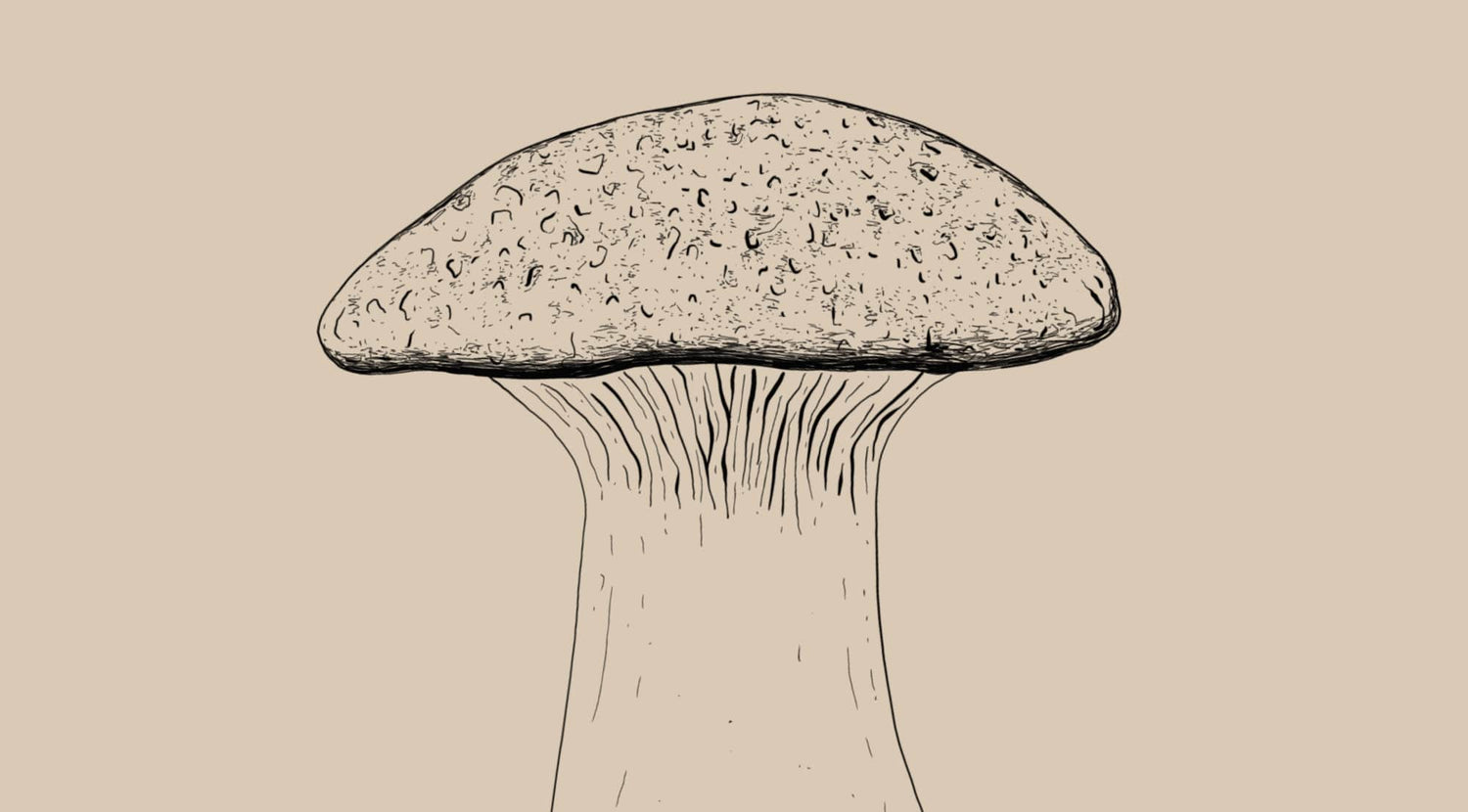Immune Mushroom
An organic 6-mushroom health blend with Shiitake mushrooms as a natural source of vitamin D to support healthy immune function.
Purchase any two items, get your choice of free Mushroom powder.
Couldn't load pickup availability
Description
Description
Serving Suggestion
Serving Suggestion
Active Ingredients
Active Ingredients
Sourcing
Sourcing
Consciously Created
Australian Made
No Added Dairy
No Added Gluten
No Added Soy
Plant Actives
Responsible Packaging
Vegan
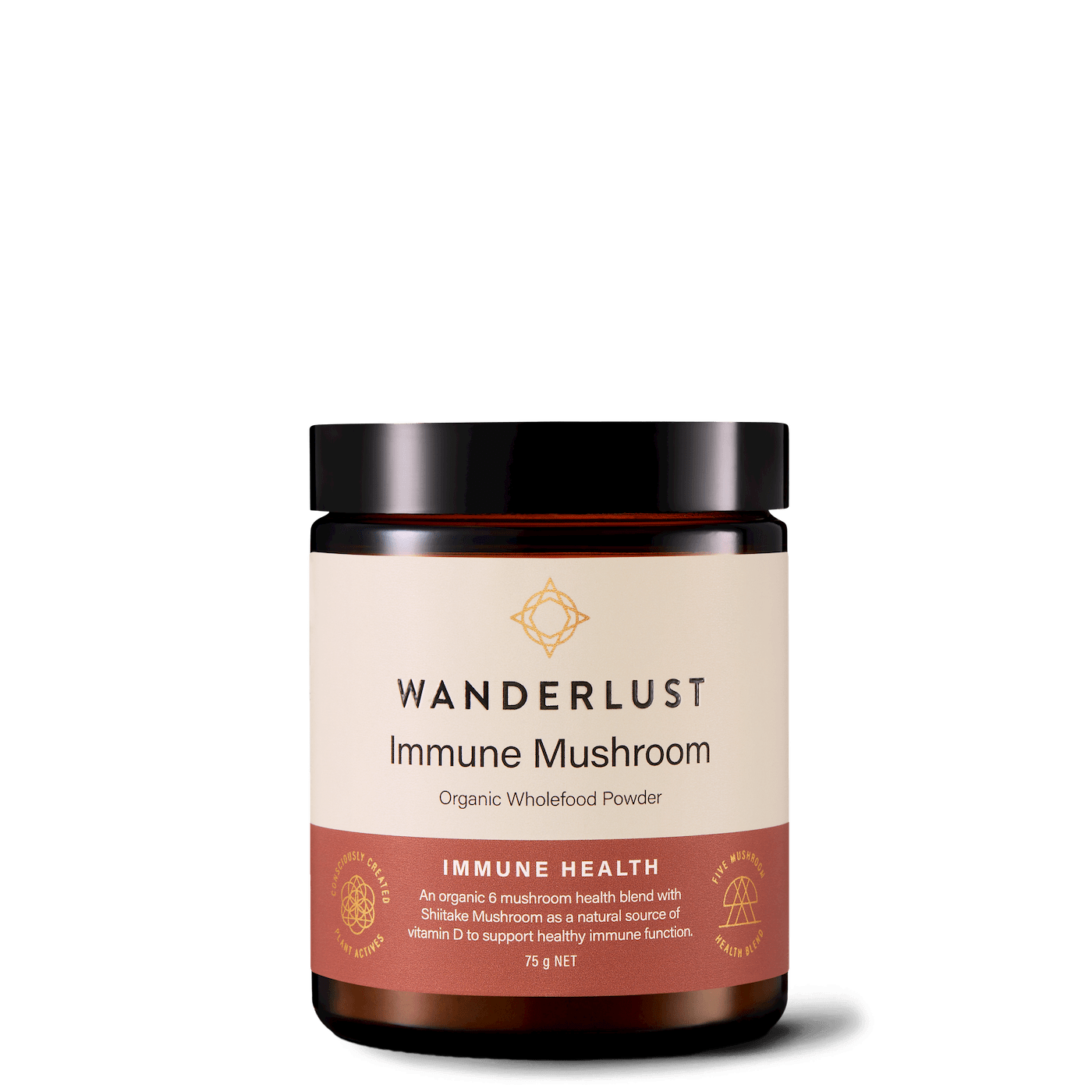
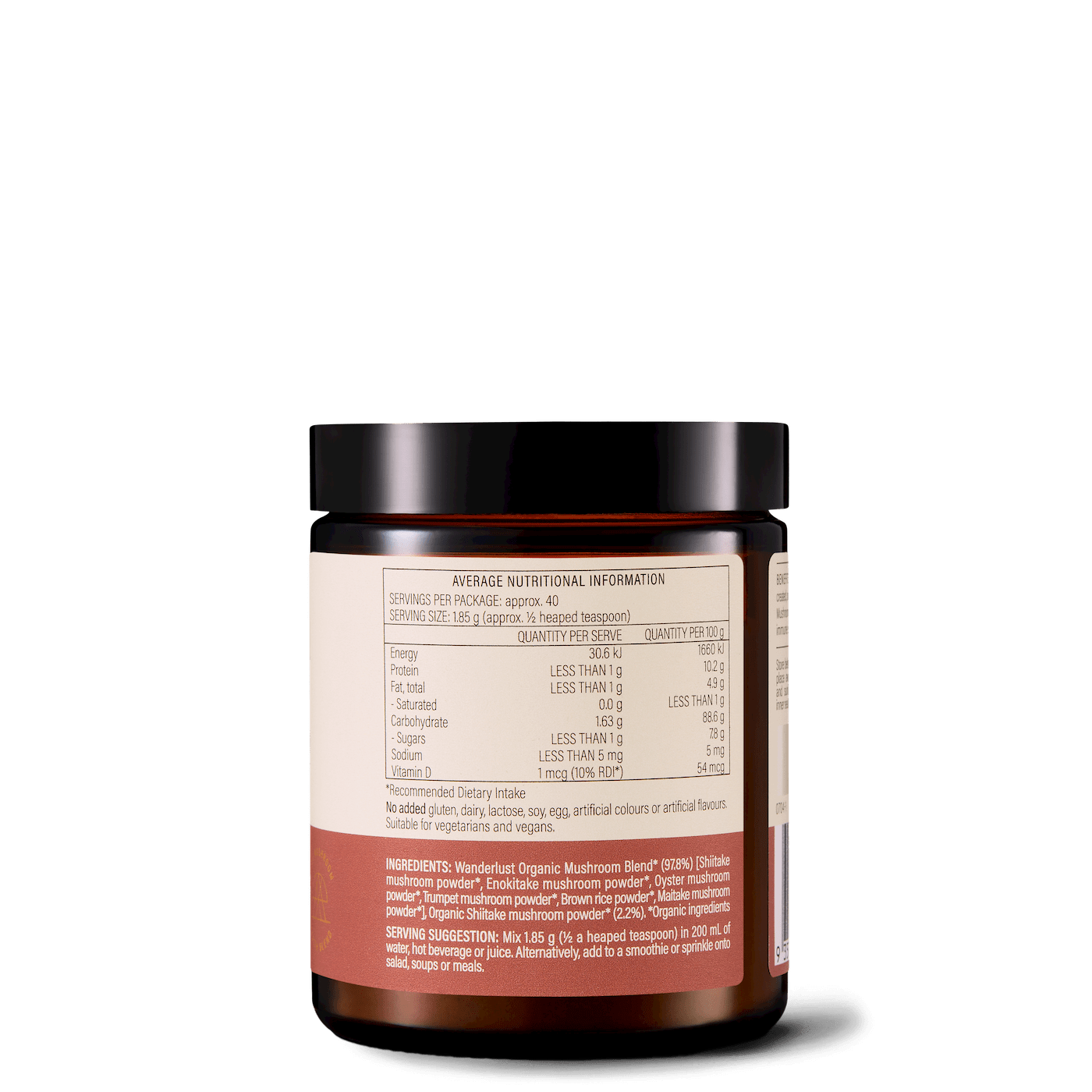
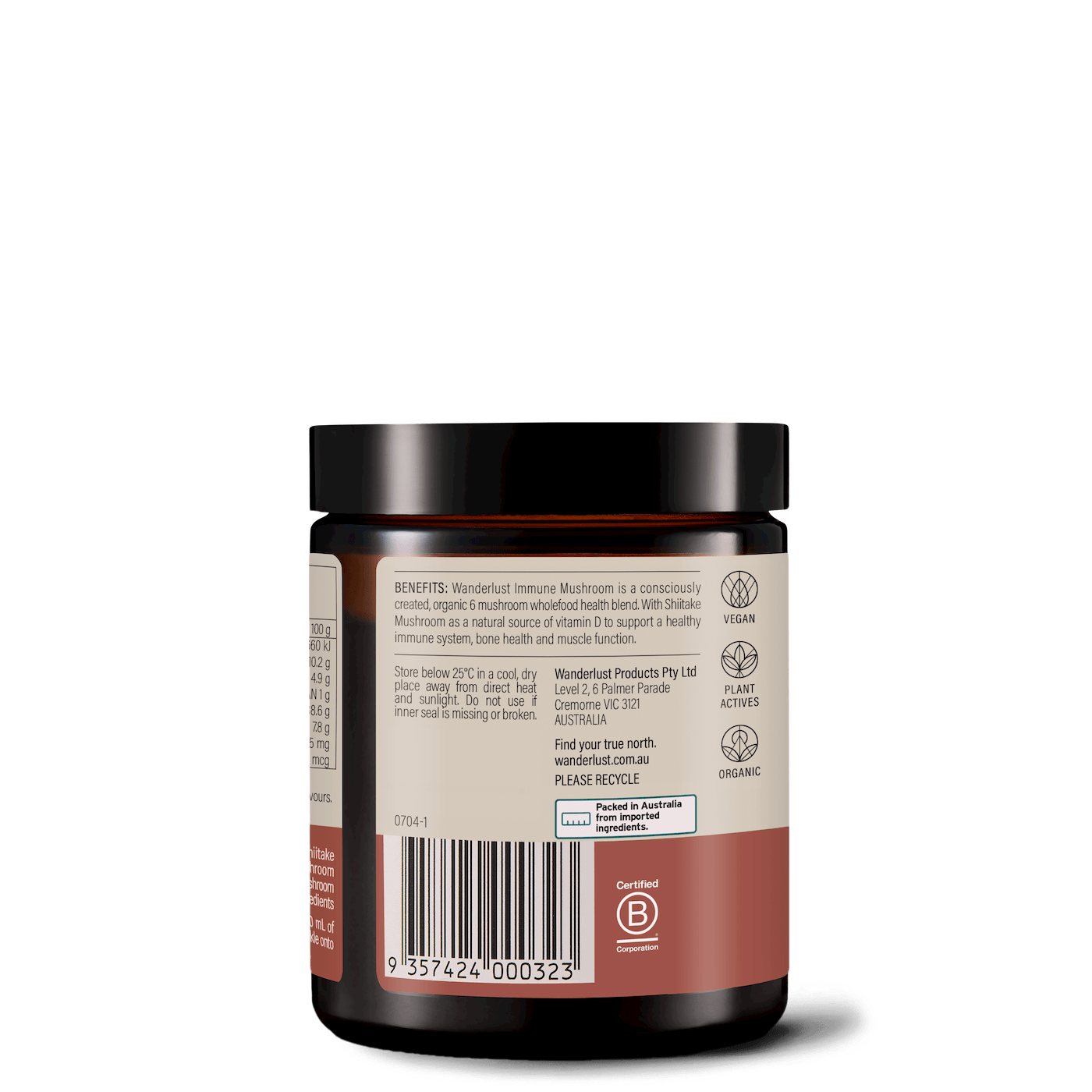
Ingredients
Shiitake Mushroom
Lentinula elodes
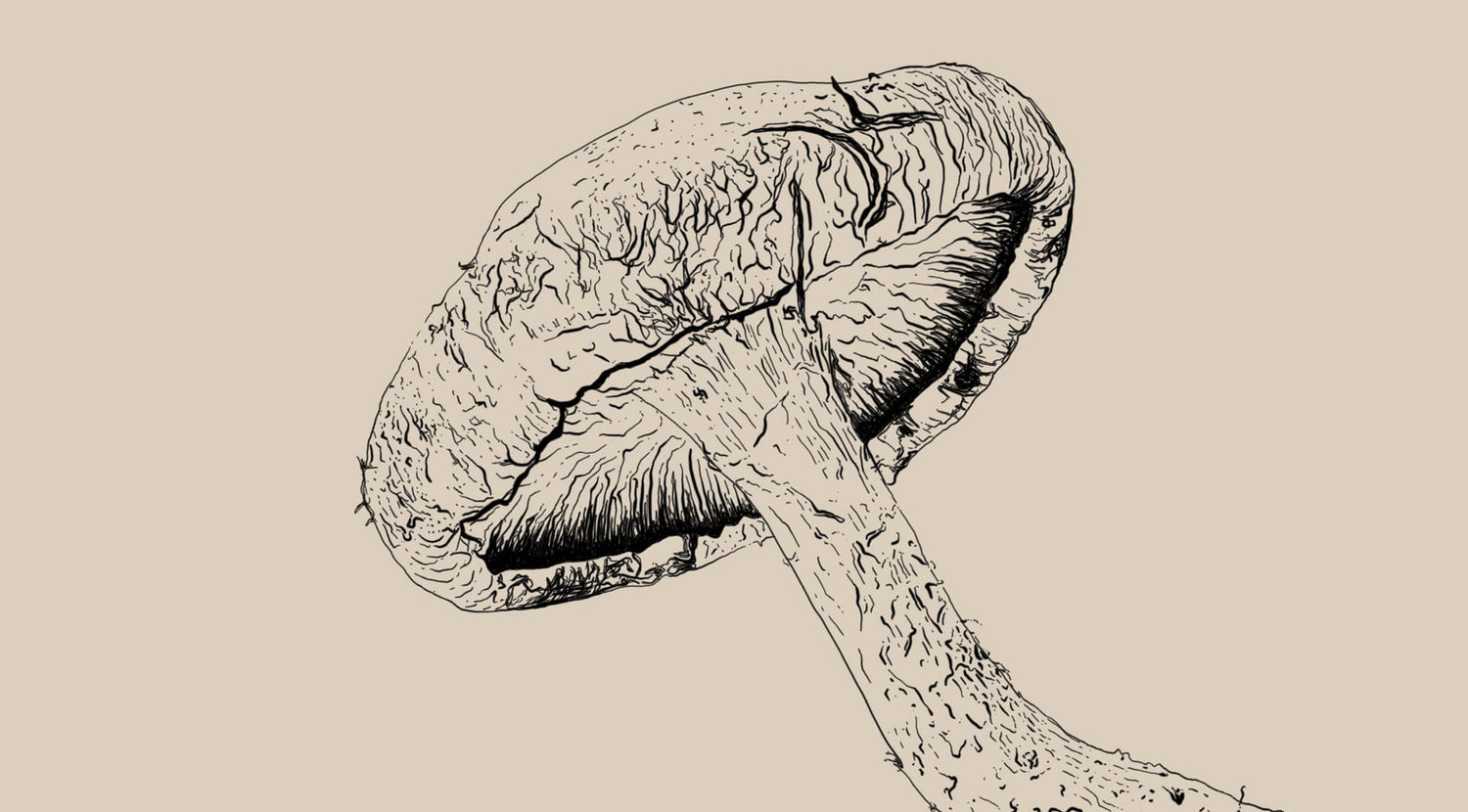
Enokitake (Enoki) Mushroom
Flammulina velutipes
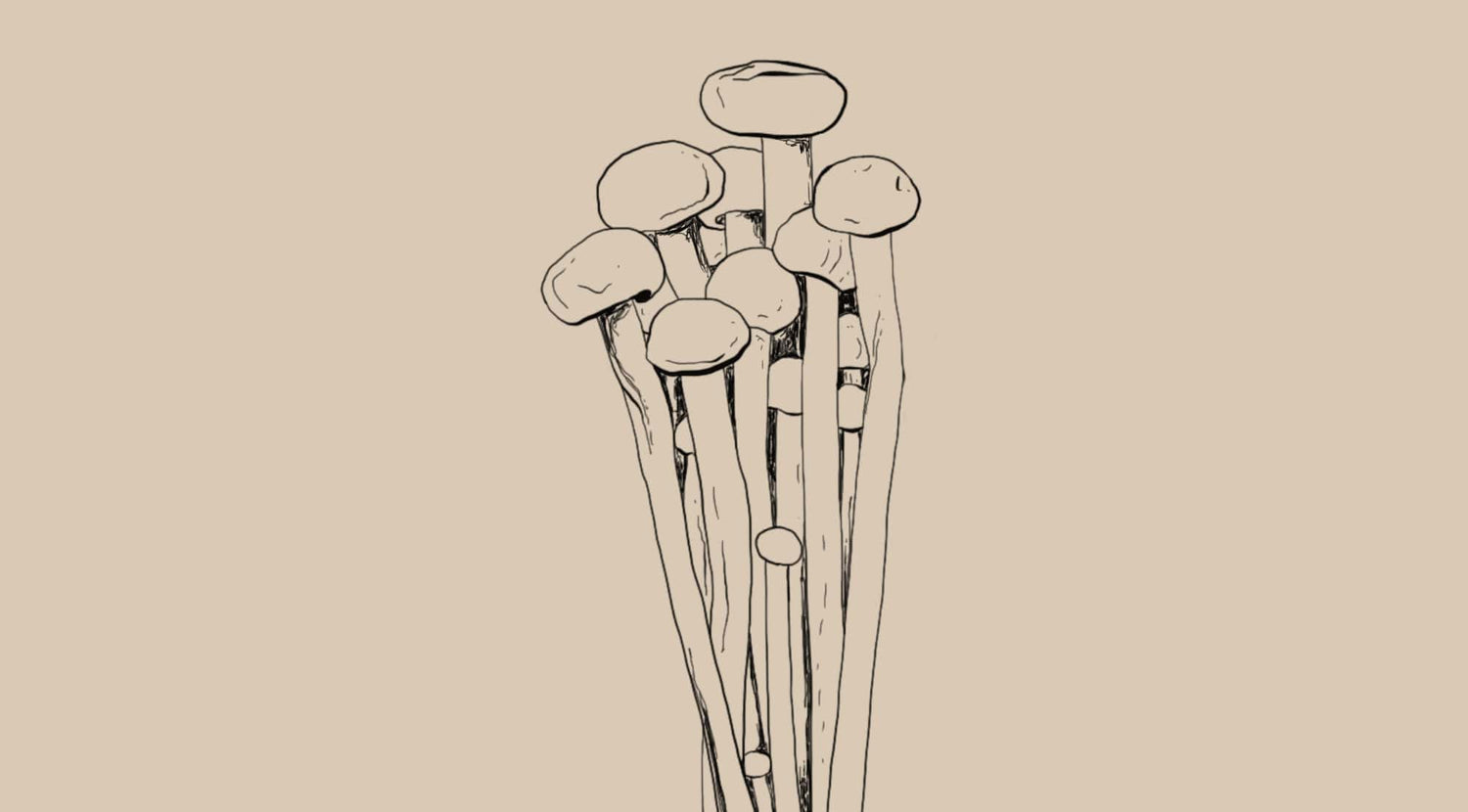
Maitake Mushroom
Grifola frondosa
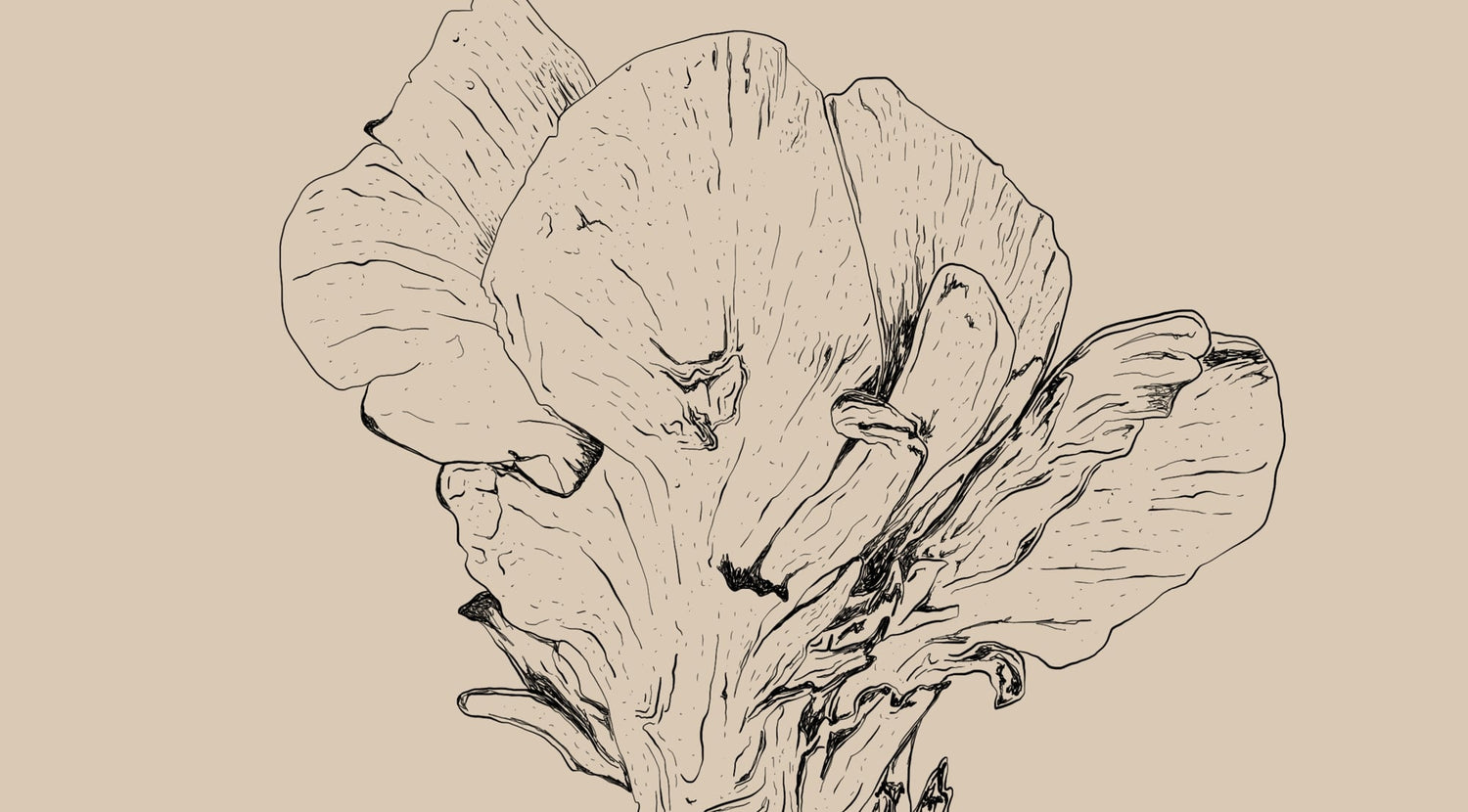
Oyster Mushroom
Pleurotus ostreatus
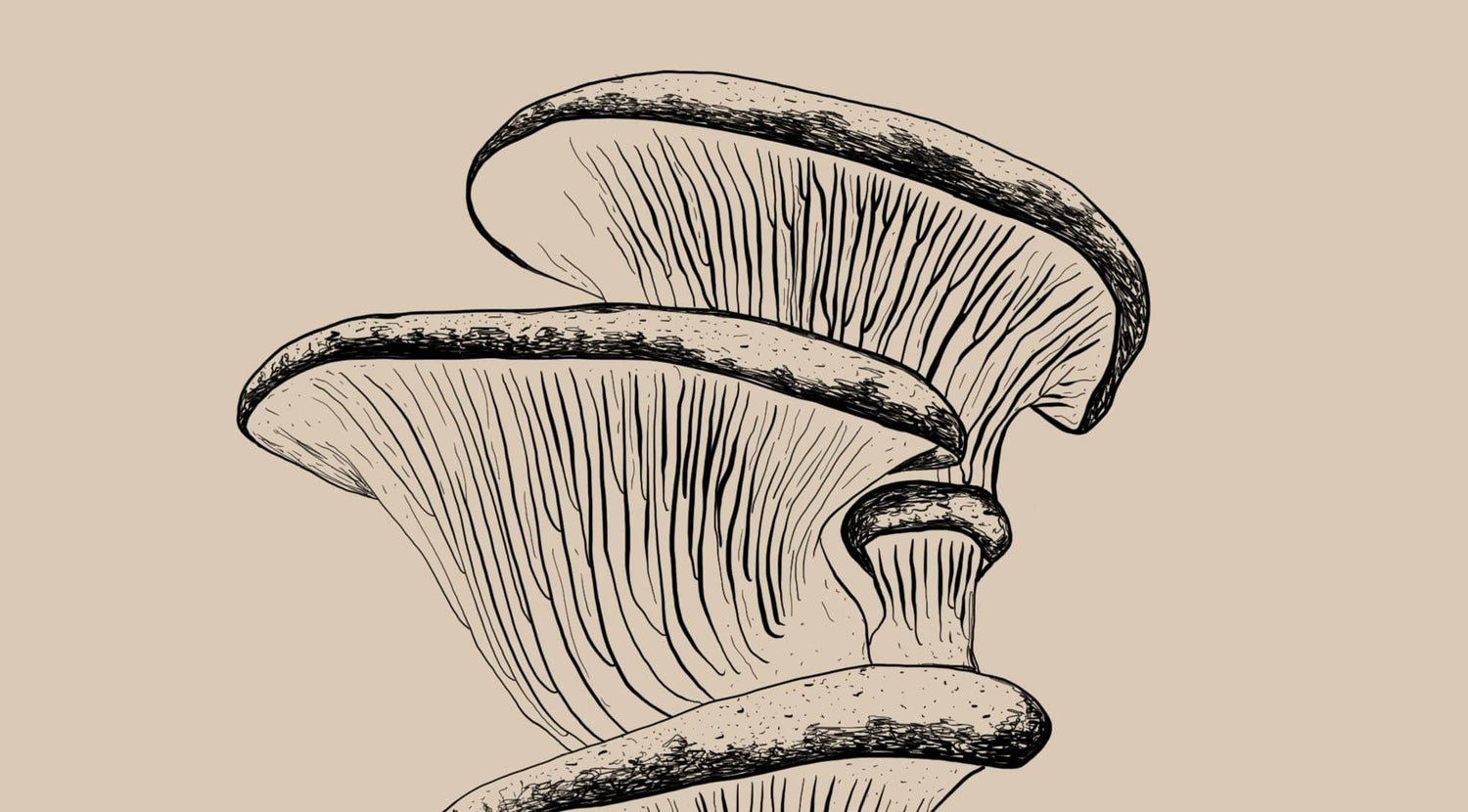
Trumpet Mushroom
Pleurotus eryngii
